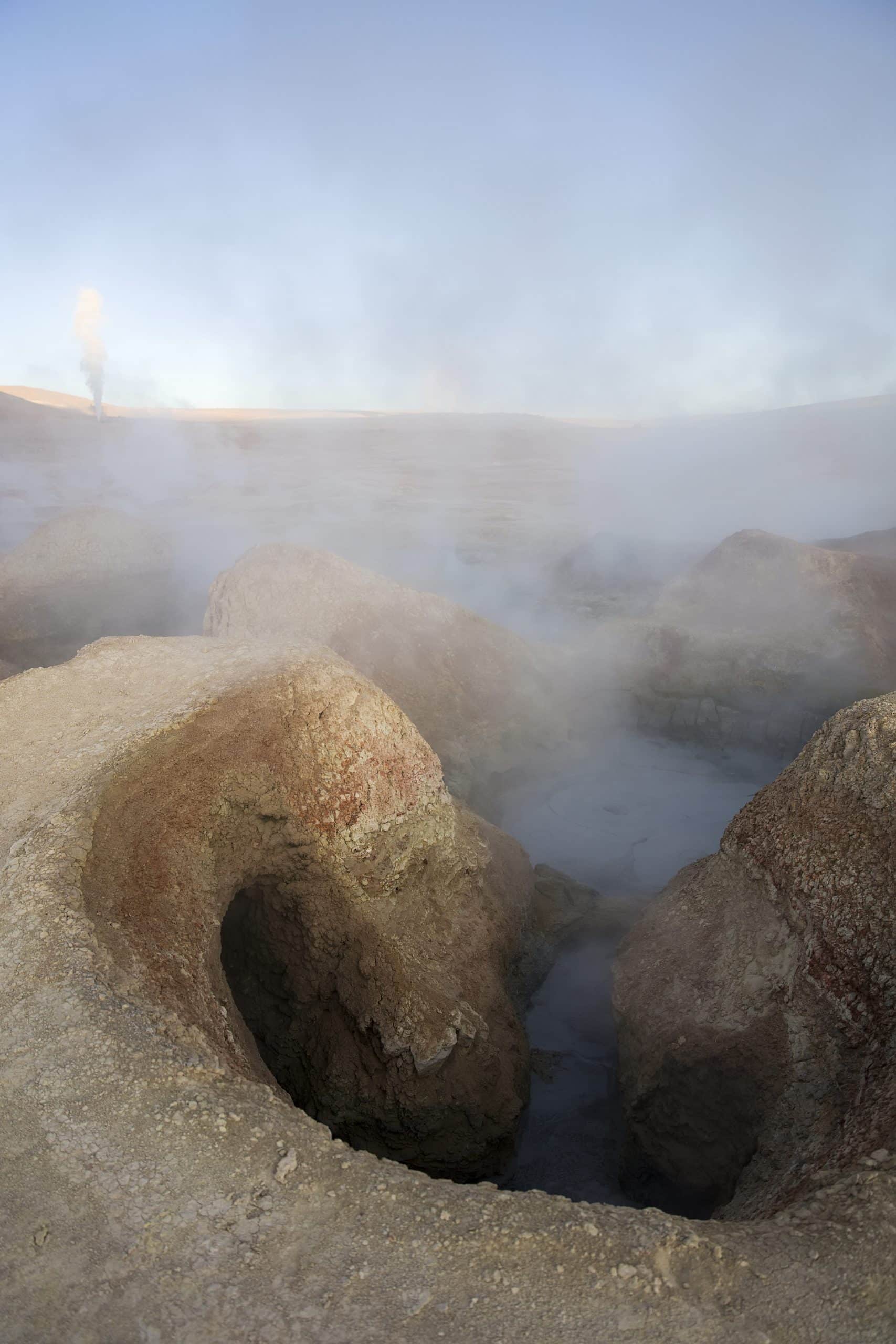What Are the Most Durable and Safe Flooring Options for a Home Gym?

Imagine transforming a portion of your home into a fitness sanctuary. Yes, your own home gym where you can work out at any time, without having to step out of your comfort zone. However, one important aspect to consider when setting up a home gym is the type of flooring. The floor beneath you needs to be robust, comfortable, safe, and designed to withstand heavy weights and high-intensity workouts. Your choice can significantly influence your workout experience and your safety. So, what are the most resilient and secure flooring options for a home gym? Let’s explore.
Rubber Flooring
Let’s start with one of the most popular choices – rubber flooring. Rubber is lauded for its durability, resilience, and the high level of protection it offers. A sturdy choice for a home gym, rubber flooring is perfect for almost every type of exercise, be it yoga, cardio, or weightlifting.
Also to read : What’s the Most Creative Way to Display Travel Souvenirs Without Cluttering Your Home?
Rubber flooring comes in rolls, mats, or interlocking tiles, with the latter being the most convenient and easy to install. While rolls cover large spaces and mats are suitable for individual workout stations, interlocking tiles offer flexibility to cover any shape or size of gym space.
Rubber’s natural elasticity provides excellent cushioning underfoot and absorbs shock, reducing fatigue and injury risk. It’s also water-resistant and easy to clean, making it a hassle-free option for your home gym. However, a downside to rubber flooring is that it can have a distinct smell, which might be off-putting to some.
Also to read : How to Design a Seamless Indoor-Outdoor Transition Zone in a Suburban Home?
Foam Flooring
For those of you who indulge more in floor-centric exercises, foam flooring could be your best option. Light, soft and affordable, foam tiles, often interlocking, provide a comfortable surface perfect for yoga, Pilates, and bodyweight exercises.
Foam tiles can withstand moderate weights but might indent under heavy equipment, so they are not the best option if you plan on including heavy weightlifting in your routine.
On the brighter side, foam tiles are incredibly easy to install and dismantle. They come in a variety of colors and are water-resistant, so you can simply wipe away the sweat post-workout.
Vinyl Flooring
Next on our list is vinyl flooring, a practical and durable option that brings the best of both worlds – style and functionality. Vinyl floors are water-resistant and easy to clean, which makes them a practical choice for a home gym where you’re likely to sweat a lot.
They are quite durable and can withstand heavy gym equipment. Vinyl tiles or sheets can mimic the look of natural materials, such as wood or stone, providing an elegant aesthetic to your workout space.
While vinyl offers durability and easy maintenance, it doesn’t provide the same level of shock absorption or cushioning as rubber or foam. If your exercise routine involves a lot of jumping or high-impact activities, you might need to use additional mats for protection.
Carpet Tiles
Carpet tiles might not be the first thing that comes to mind when thinking about gym flooring, but they can be quite a good fit. They offer a level of warmth and comfort that is hard to match. Carpet tiles are durable, stain-resistant, and can handle the weight of your gym equipment.
Unlike traditional carpeting, carpet tiles are easy to install and replace if a section becomes damaged or worn out. However, they require more maintenance than other options, as they can absorb sweat and odors. Regular cleaning is a must to keep your gym hygienic and odor-free.
Artificial Turf
Lastly, for those of you who prefer the feel of grass under your feet, artificial turf might be the option for you. It’s durable, shock-absorbent, and gives your home gym a unique, outdoorsy feel. Artificial turf is perfect for agility training, sled pushes, and other types of functional fitness.
Be mindful that turf requires maintenance, similar to carpet, but it doesn’t provide the best surface for equipment-heavy workouts.
When it comes to choosing the perfect flooring for your home gym, consider your workout routine, your budget, and the amount of maintenance you’re willing to do. The options we’ve discussed – rubber, foam, vinyl, carpet tiles, and artificial turf – each have their benefits and downsides. So, evaluate your needs carefully before making a decision. Remember, a good gym space should be both durable and safe, providing a comfortable and efficient environment for your workouts.
Heavy-Duty Stall Mats
For those who are into heavy-weight lifting or have bulky gym equipment, heavy-duty stall mats might be the ideal option. Made from high-density recycled rubber, these mats are designed to support heavy loads and absorb the impact of dropped weights. Their rugged surface provides grip, reducing the chances of slipping during intense workouts.
Installing stall mats is relatively straightforward as they come in various sizes and can be cut to fit. They are also non-porous, making them resistant to sweat and easy to clean. Besides, they offer excellent shock absorption, protecting both your equipment and the floor underneath.
One potential drawback of stall mats is their weight – they are quite heavy, which can make them difficult to move or reposition. They also tend to have a strong rubber odor when new, which will eventually fade over time. But for serious home gyms where heavy-duty workouts are the norm, stall mats can be a fantastic flooring option.
Cork Flooring
If you’re looking for a more eco-friendly option, consider cork flooring. This natural material is not only sustainable but also provides some key benefits for a home gym setup. Cork has a soft surface that’s comfortable underfoot and offers excellent shock absorption. This makes it a good choice for activities like yoga, pilates, or light cardio exercises.
Cork flooring comes in both tiles and planks, making installation quite simple. It is naturally water-resistant and easy to clean, making it an ideal choice for those intense, sweat-inducing workouts.
While cork flooring is resilient, it might not be the best flooring option for heavy weights or equipment as it can get indented under excessive load. Another downside is that it can fade if exposed to too much sunlight. Despite these potential drawbacks, cork flooring is a durable, safe, and eco-friendly option for a home gym.
Conclusion
Choosing the right flooring for your home gym can be a daunting task, given the plethora of options available. However, by considering your specific workout routine, budget, and maintenance preferences, you can pick a flooring option that best suits your needs.
Whether you prefer the shock absorption and resilience of rubber flooring or the softness and affordability of foam tiles, remember that your ultimate aim is to create a safe and comfortable workout space. You might also opt for stylish vinyl flooring, warm carpet tiles, eco-friendly cork, heavy-duty stall mats or even outdoorsy artificial turf, depending on your preference.
Ultimately, the best flooring option is one that ensures your safety, enhances your workout experience, and is durable enough to withstand the wear and tear of your daily exercise routine. With careful planning and consideration, you can create a home gym that not only meets your fitness goals but also adds value to your home.
